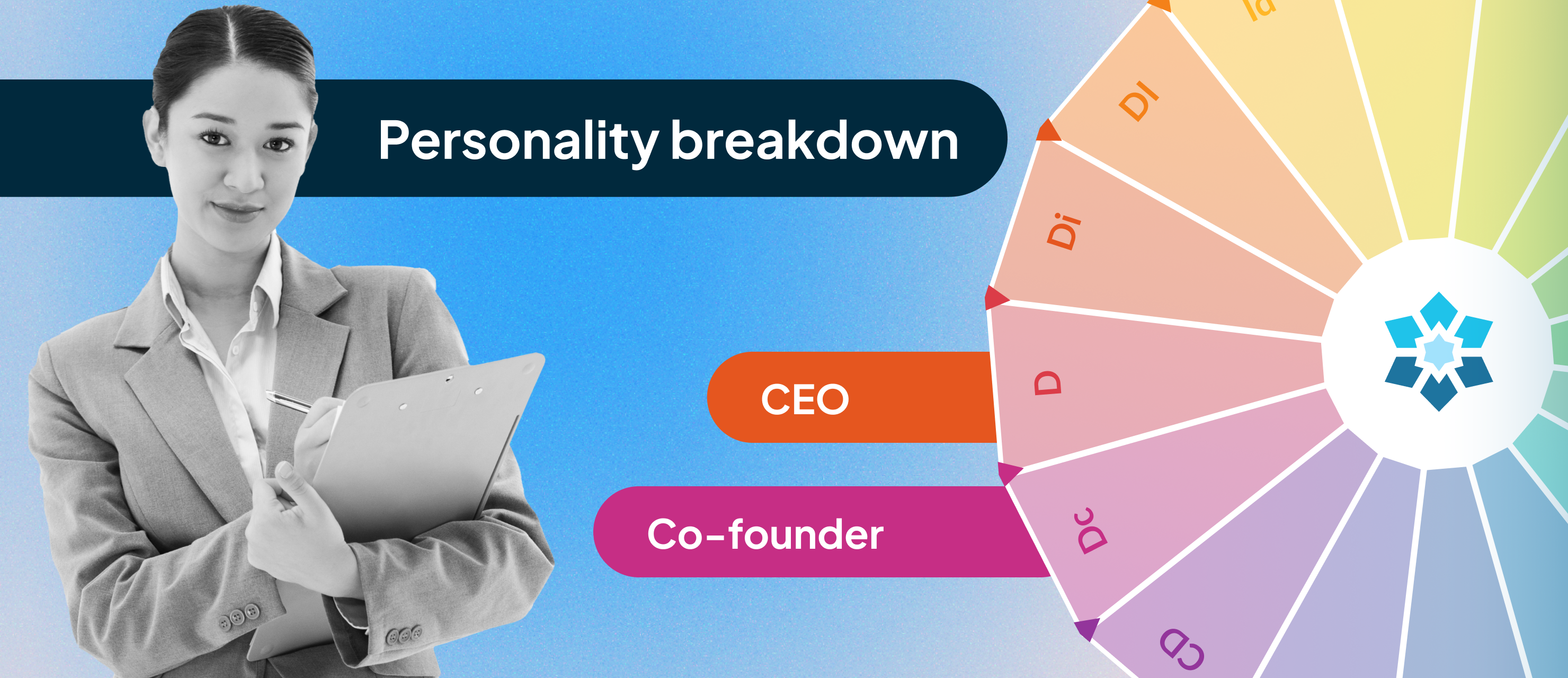
Generating quality leads is hard work. Over 40% of salespeople say that prospecting is the hardest part of the sales process, but it is also arguably the most important. Effective prospecting is essential to maintaining a full lead pipeline, gathering more contacts, and ultimately closing more B2B sales.
There are a variety of best practices for salespeople to implement in their process, not to mention sales tools for prospecting that will make the job easier and more efficient.
What is prospecting?
B2B prospecting is the process of identifying and initiating contact with potential buyers. Those potential buyers are your prospects, and the goal of communication is, of course, to convert them into paying customers.
That first contact can take a lot of different forms. The most common for traditional salespeople (as opposed to marketers) are emails, social messages, and cold calls. And one thing about that initial contact: it should always have a clear and simple call-to-action.
The CTA should have a very low barrier to entry, but can still accomplish two things for the seller. First, it shows genuine viability to move the prospect into the sales stage. By engaging at all, even with a small ask, the prospect is showing a sincere interest in your product. Second, it gathers more information from the person. This consumer data can be used to customize future marketing efforts, expand the seller’s network, or communicate through other mediums in the future.
The obvious benefit of prospecting is to generate more leads. Effective B2B prospecting goes much farther, though. The prospecting phase is a chance to establish a strong relationship with the customer. Building trust and rapport in the early conversations will accelerate the sales cycle. The best B2B prospecting doesn’t just fill your pipeline; it moves leads to conversion quickly.
Prospecting also helps sellers engage the right customers on the right channels, disqualifying the companies that will not benefit from your product. Over 50% of your prospects won’t be a good fit for what you’re selling, but the prospecting process prevents your company from wasting time in the future.
10 database sales tools for prospecting
There are countless ways to discover new prospects: gated marketing efforts, live chats, existing business contacts, company directories, and many more. But before you make the initial contact, you should first have the person’s name, company, location, title, and any other public data that can help you personalize your pitch.
With the right B2B sales tools, you can curate most of your list within a single database that offers all that contact info plus viability insights. Here are some of our favorite resources for making initial contact, and what makes them great sales tools for prospecting:
- ZoomInfo — Although on the pricier side, ZoomInfo has one of the largest databases for leads, plus offers a free 14-day trial to ensure satisfaction. ZoomInfo’s recent merger with DiscoverOrg helped make this B2B sales tool one of the most robust on the market.
- LinkedIn Sales Navigator — People already turn to LinkedIn to connect with professionals who can grow their network, which makes it the perfect place to generate leads and find contact information.
- Datanyze — Datanyze guarantees accurate B2B contact information, and offers a Google Chrome extension to seamlessly gather additional data.
- Apollo.io — Perhaps best known for its user interface, Apollo is one of the easiest databases to navigate. Your entire sales funnel is laid out in one spot and offers suggestions for contacts similar to people with whom you’ve already had success.
- Cognism — This UK-based B2B sales tool highlights its ability to get more live conversations with some of the most accurate cell phone numbers of key employees.
- Uplead — This is the sales tool for prospecting used by some of the biggest names in tech. Satisfied customers cite its cost, ease of use, and customer support as one of the best in the industry.
- Lusha — Although it offers fewer leads than most major databases, Lusha is one of the most cost-effective options on the market, making it a great choice for small and medium-sized businesses.
- Data.com — This resource is powered by Salesforce, which makes it an agile tool that can guarantee up-to-date profiles, direct dials, email addresses, and social media profiles.
- Lead411 — This is another budget-friendly option with a handy Chrome Extension. This one is known most for its domestic and international leads. Unlike some B2B sales tools on this list, Lead411 also offers lead scoring to help users focus on the lowest-hanging fruit.
- Pipedrive — What sets Pipedrive apart is the native CRM built right in. The drag-and-drop UX/UI makes this tool easy to learn, and the management capabilities make it useful for companies just getting started or in need of a reset on their sales team.
BONUS: Crystal
The platform utilizes the well-validated personality framework, DISC, to enrich a user’s understanding of each individual prospect. Whatever information you have available before that initial contact can be leveraged to inform your understanding of these deeper components that move your conversation from a prospect into an opportunity. Crystal’s Chrome extension can even glean any public data about your lead and share helpful communication tips before that initial prospecting call.
Understanding your prospects
All of these databases are invaluable sales tools for prospecting. They will connect you with qualified buyers that can fill the start of your pipeline. However, they’re all ultimately just for contact information, which works only after talking to your prospect in a way that resonates with them.
First impressions are essential in prospecting. Think of the times that you’ve gotten a cold call from a salesperson or an email and just felt annoyed. That’s because the message was not customized to you. The person reaching out didn’t understand what would motivate you.
These factors go deeper than publicly available contact info and help craft personalized outreach. These factors include:
- Personality — Someone’s personality type indicates all aspects of how they like to be spoken to. For some people, small talk is engaging and necessary; for others, it's annoying. Some people need blunt communication; others can find it offensive. The personality of the person on the other end of the call will be of paramount importance when trying to close a sale.
- Behaviors — Understanding the way a prospect behaves will guide your sales process. Perhaps your lead speaks casually, even throwing a sarcastic joke every now and again. Make sure direct requests are pillowed by a light-hearted connection to remind them that you appreciate the things they do.
- Motivations — Customize your pitch to the things that motivate your buyer. Is he trying to make sure he looks good to the boss? Is she seeking a bonus or promotion? When you understand what motivates your buyer, you know how to appeal beyond the intellectual level.
- Stressors — If you can understand what stresses your buyer out, you can speak to how you solve it. No one’s job is easy, but your product or service may be exactly what someone needs to at least make it less draining.
More than a sales rep...
A lead database may be one of the most important B2B sales tools for prospecting that a sales rep can have. Without a database that works for you and your company, it’s impossible to grow your pipeline. With a greater understanding of who’s on the other side of that contact info, you become more than a salesperson. You become a partner in that person’s goals.
When salespeople layer contact information with personalized insights about each prospect, they become more effective communicators, elevating the discovery call with stronger first impressions, and moving prospects to conversions in record time, all while using the information they have to communicate confidently and effectively throughout the entire process.








